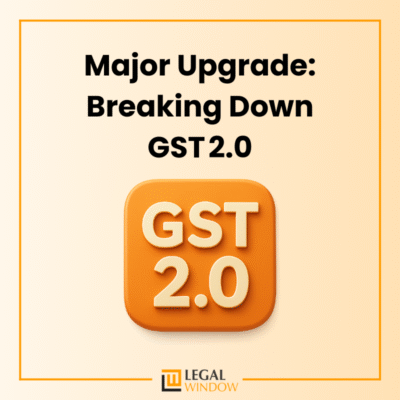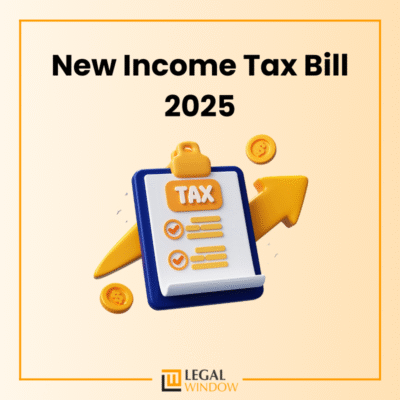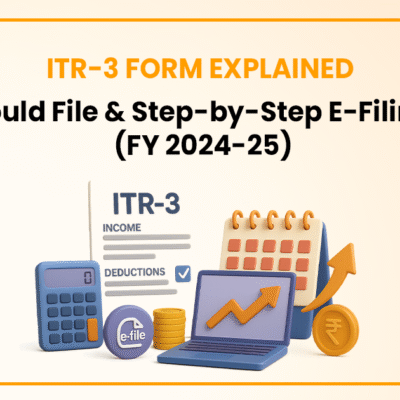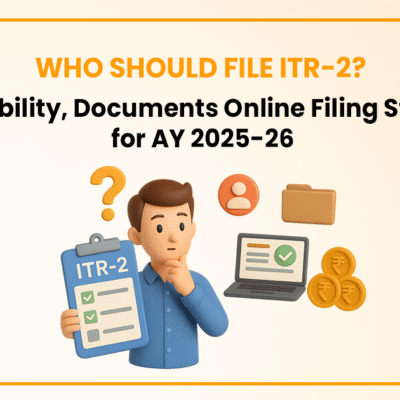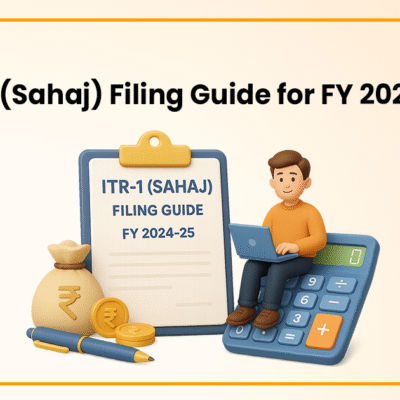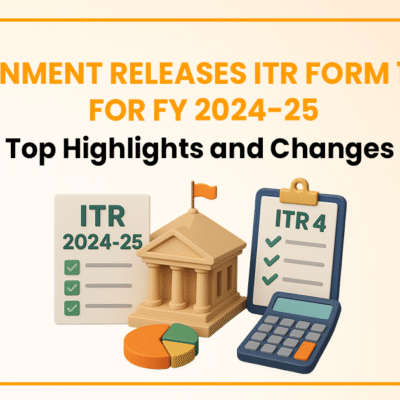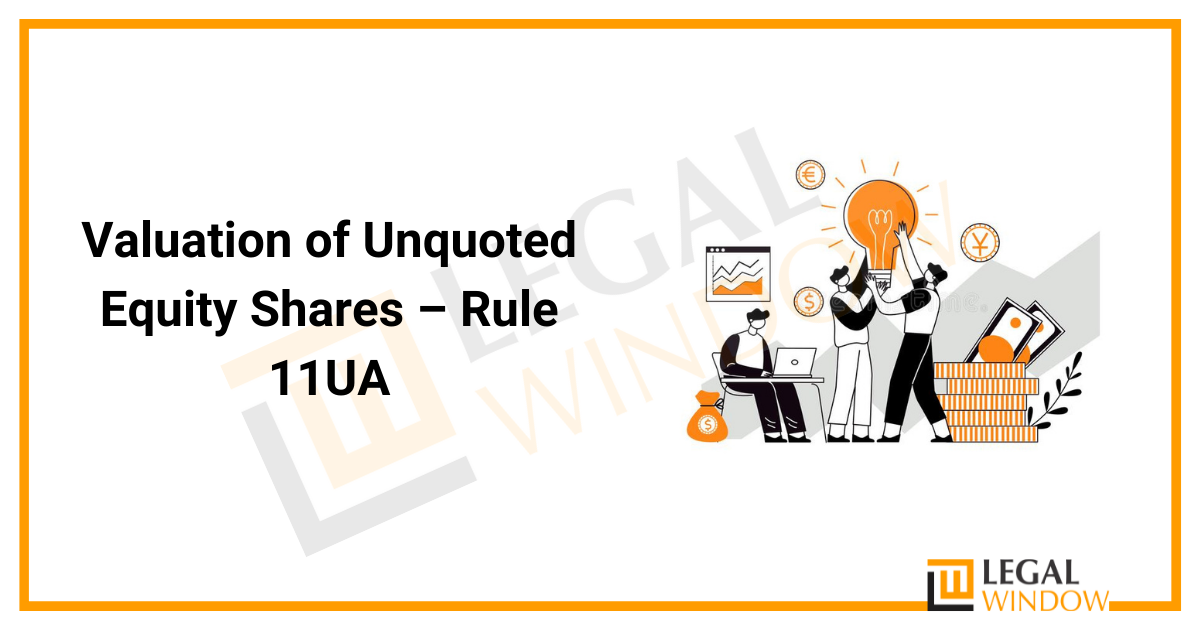 Rule 11UA Income Tax Act applies to the initiation of unquoted shares. As per clause (b) of Sub-Rule 2 of Rule 11UA, a merchant banker and a Chartered Accountant are allowed to analyze unquoted shares under the Discounted Free cash flow method but now the only merchant banker can make estimates of unquoted shares under the Discounted Cash Flow and Chartered Accountants are no longer allowed to do the same. This article provides an insight into the valuation of unquoted equity shares– Rule 11UA.
Rule 11UA Income Tax Act applies to the initiation of unquoted shares. As per clause (b) of Sub-Rule 2 of Rule 11UA, a merchant banker and a Chartered Accountant are allowed to analyze unquoted shares under the Discounted Free cash flow method but now the only merchant banker can make estimates of unquoted shares under the Discounted Cash Flow and Chartered Accountants are no longer allowed to do the same. This article provides an insight into the valuation of unquoted equity shares– Rule 11UA.
| Table of Contents |
Calculation of Valuation of Unquoted Equity Shares
After the amendment, it has been noticed that many experts are confused when calculating the actual estimates of unquoted shares. The main reason for this may be that there are many amendments to the Income Tax Laws that are used to measure unquoted equity shares.
If the owner of the unquoted shares of the Transfer Company, he is required to pay Capital Gain tax on the difference between the proceeds of the sale received by him and the cost of acquiring those shares (or the cost of inflation, where applicable). It is important to check that the “Sale Consideration” received from the consumer is at least equal to or above the “Fair Market Value” (“FMV”) as defined under Rule 11UA of the Income Tax Act, 1961 shares wanted to be transferred. The fair market value of the shares =
(i) As may be determined following the determinable method, or
(ii) As the company may be assured in a manner that satisfies the Analytical Officer, based on price, the date of issue of the shares
Determination of FMV of unquoted shares
In terms of Rule 11UA of Income Tax Rules, 1962, the FMV of unquoted shares should be determined as follows:
Fair market value of unquoted equity shares = (A + B + C + D - L) × (PV)/PE where,
A = book value for all assets (excluding jewelry, artwork, stocks, securities, and fixed assets) on the balance sheet as reduced by-
- Any amount of income tax paid, if any, less than the amount of the required income tax return if any; and
- Any amount is shown as an asset including an unpaid amount of deferred expenses that does not represent the value of any asset;
B = the amount of jewelry and artwork that can be fetched when sold in the open market based on a valuation report obtained from a registered value;
C = the fair market value of shares and securities as determined in the manner provided for in this by-law;
D = amount received or inspected by any Government official to pay stamp duty in respect of the immovable property;
L = the amount of the credit card shown on the balance sheet, but does not include the following amounts, namely:-
- The amount paid in respect of equity shares;
- The amount set aside for the payment of dividends in preference shares and equity shares where those shares were not announced before the transfer date at the company's general meeting;
- Reserves and surplus, by any term called, even if the resulting value is negative, except for those deducted from depreciation;
- Any amount that represents the provision of tax, other than the amount of tax paid, if any, less than the amount of tax claimed as reimbursement, if any, in terms of the amount of tax payable in respect of the book's profit following applicable law;
- Any amount that represents provisions for meeting bills, other than guaranteed liabilities;
- Any amount representing contingent liabilities other than arrears of dividends payable in respect of preferred collective shares;
PV = the amount paid for those equity shares;
PE = total amount paid for the same share as shown on the balance sheet;
Note:
- The fair market value of unqualified shares and securities other than equity shares in a company not listed on any known stock exchange will be estimated as the amount to be earned on the open market on the fair date and the Inspector may receive a report from the bank broker or accountant.
- Notwithstanding the above estimates, the fair market value of equity shares unquoted for subsection (i) of subsection (viib) of subsection (2) of section 56 shall be the value, on the date of the valuation.
 Final words
Final words
As of 1 April 2018 when a company, which is not a company in which the public has a vested interest, receives, in any previous year, from any resident, any consideration for the issuance of more than one share, the apparent value of those shares, the total consideration obtained from those shares exceeds the fair market value of the shares. FMV does not specify the actual market value of shares in which shares may be traded between entities. It is the value of the shares as determined based on the book's assets and liabilities. Hope you got an insight into the valuation of unquoted equity shares.
LegalWindow.in is a professional technology driven platform of multidisciplined experts like CA/CS/Lawyers spanning with an aim to provide concrete solution to individuals, start-ups and other business organisation by maximising their growth at an affordable cost. Our team offers expertise solutions in various fields that include Corporate Laws, Direct Taxations, GST Matters, IP Registrations and other Legal Affairs.
Categories
- Agreement Drafting (23)
- Annual Compliance (13)
- Change in Business (37)
- Company Law (150)
- Compliance (90)
- Digital Banking (3)
- Drug License (4)
- FEMA (17)
- Finance Company (42)
- Foreign Taxation (9)
- FSSAI License/Registration (15)
- GST (124)
- Hallmark Registration (1)
- Income Tax (214)
- Latest News (36)
- Miscellaneous (170)
- NBFC Registration (8)
- NGO (18)
- SEBI Registration (6)
- Section 8 Company (10)
- Start and manage a business (27)
- Startup/ Registration (134)
- Trademark Registration/IPR (48)
Recent Posts
- Major Upgrade: Breaking Down GST 2.0 September 15, 2025
- New Income Tax Bill 2025 August 27, 2025
- ITR-3 Form Explained: Who Should File & Step-by-Step E-Filing Guide (FY 2024-25) June 25, 2025
All Website Tags
About us
LegalWindow.in is a professional technology driven platform of multidisciplined experts like CA/CS/Lawyers spanning with an aim to provide concrete solution to individuals, start-ups and other business organisation by maximising their growth at an affordable cost.

